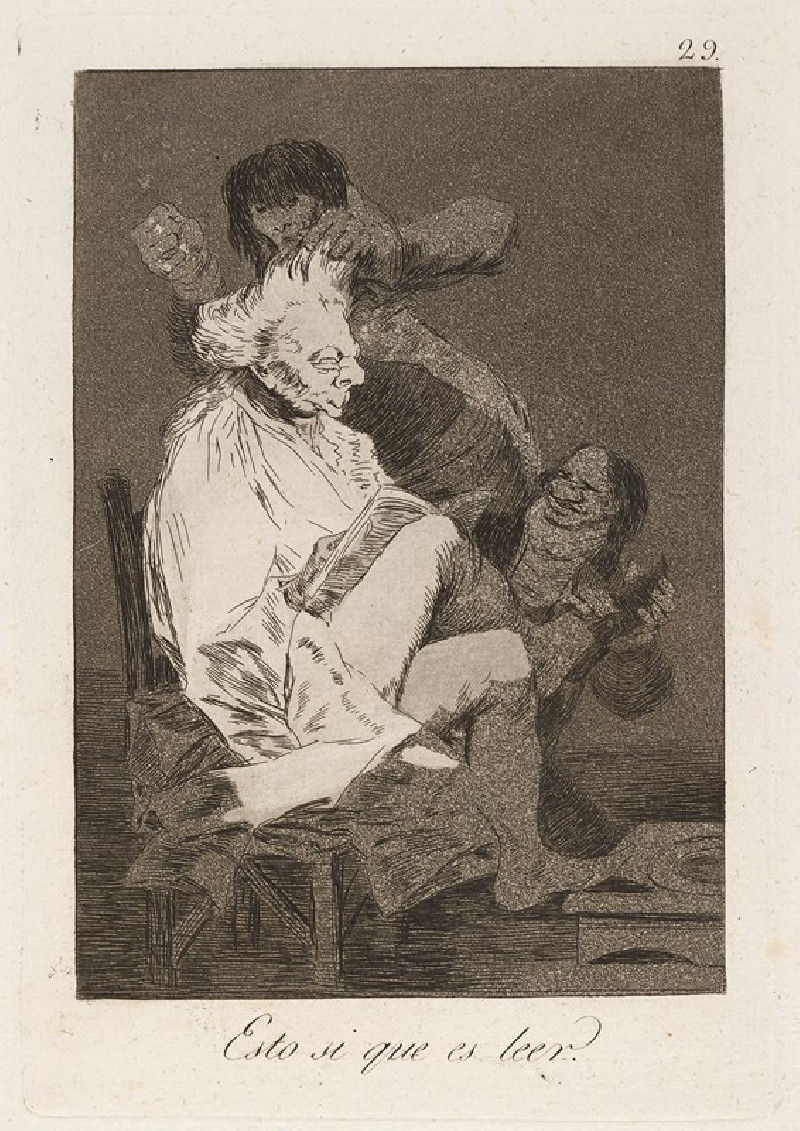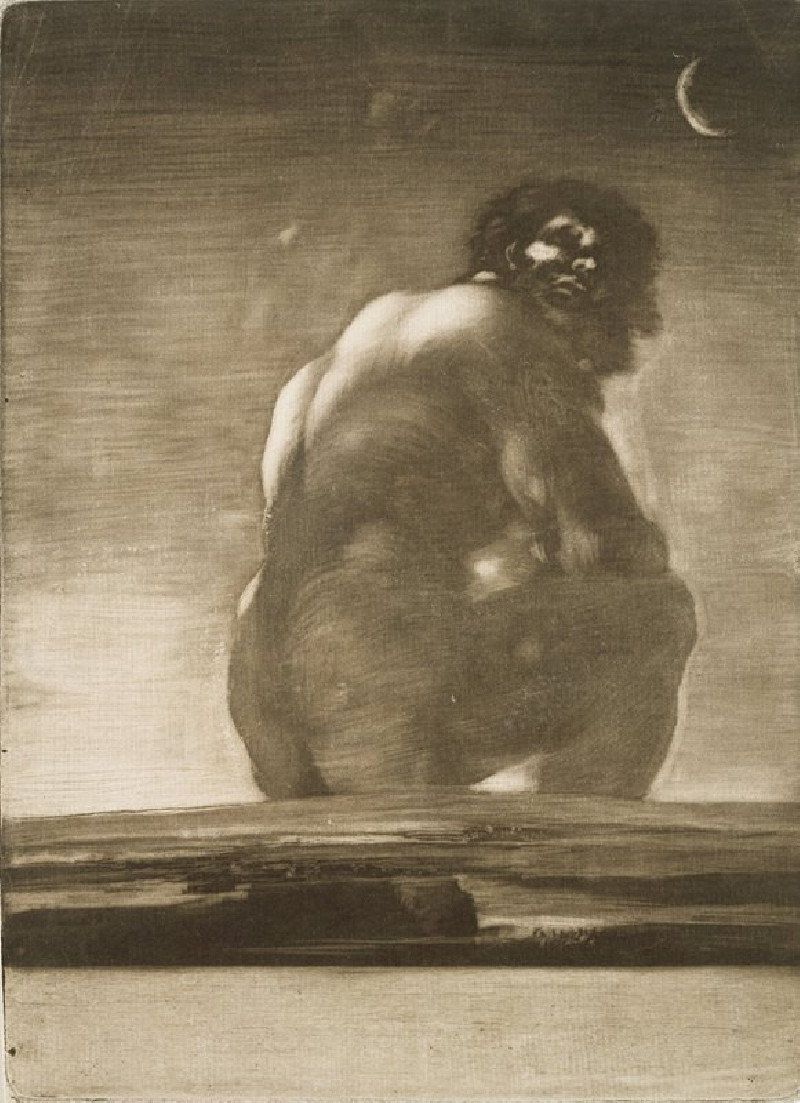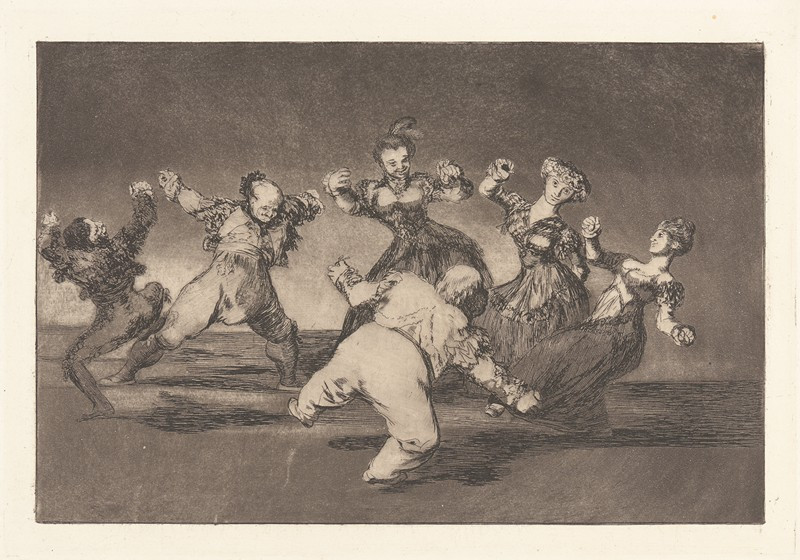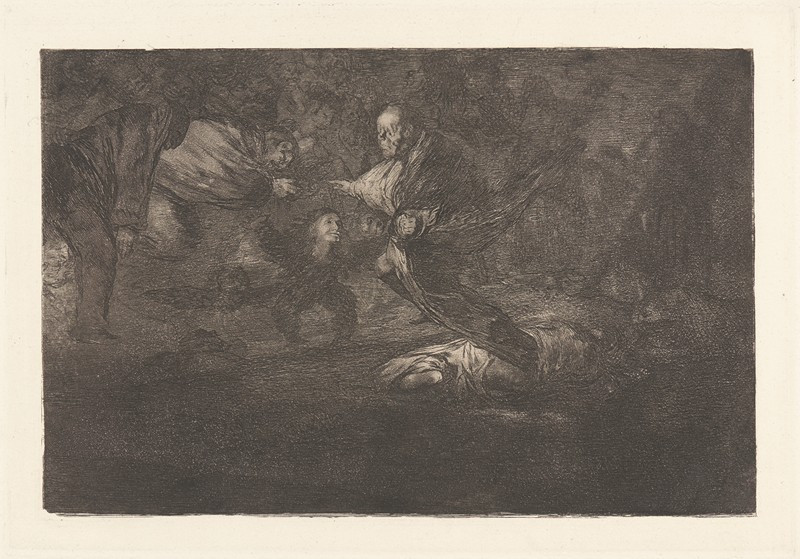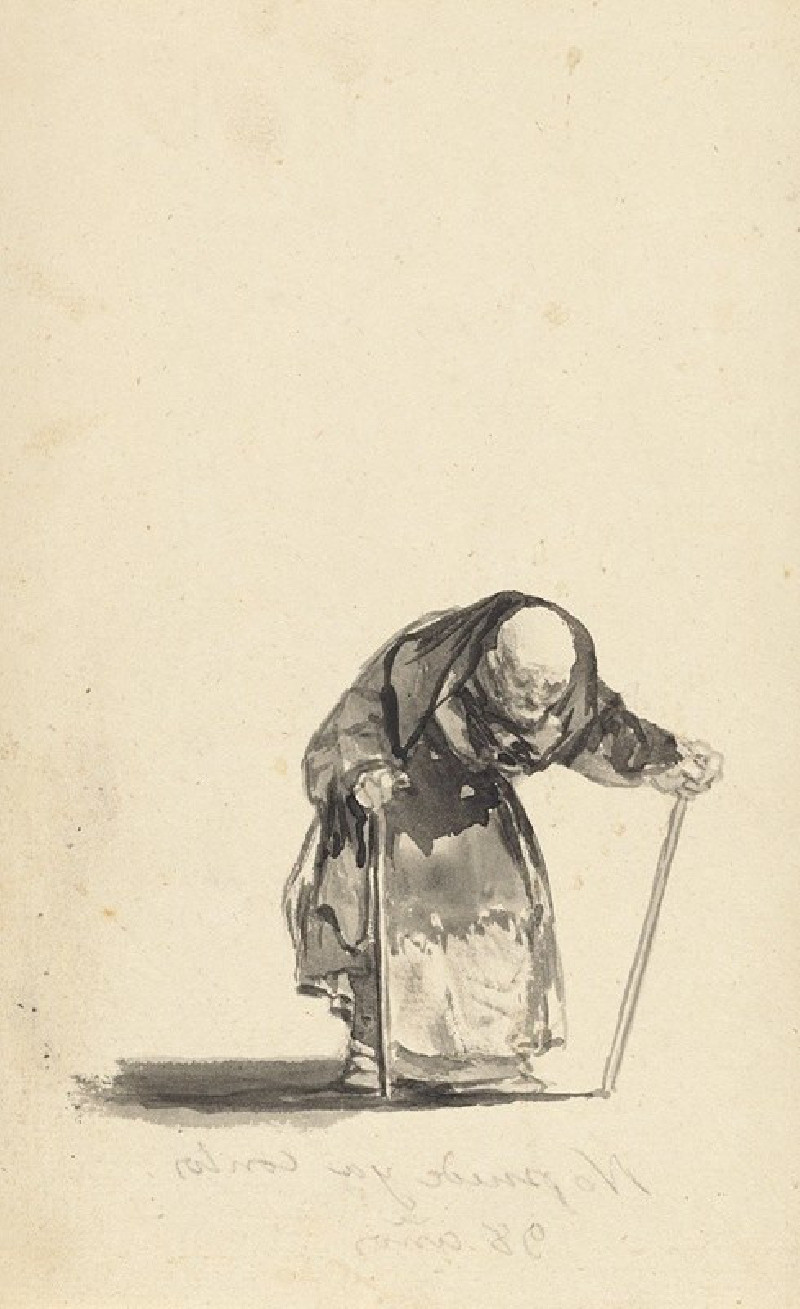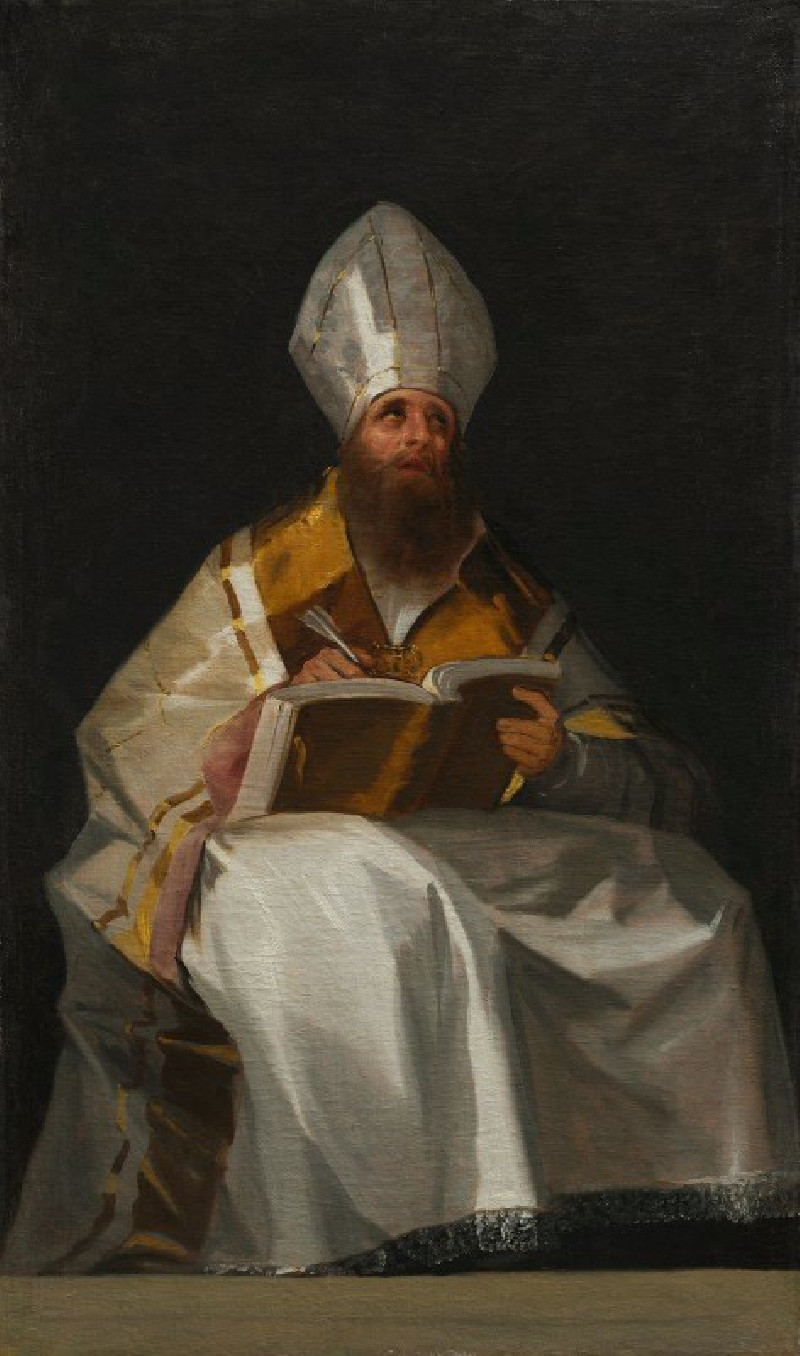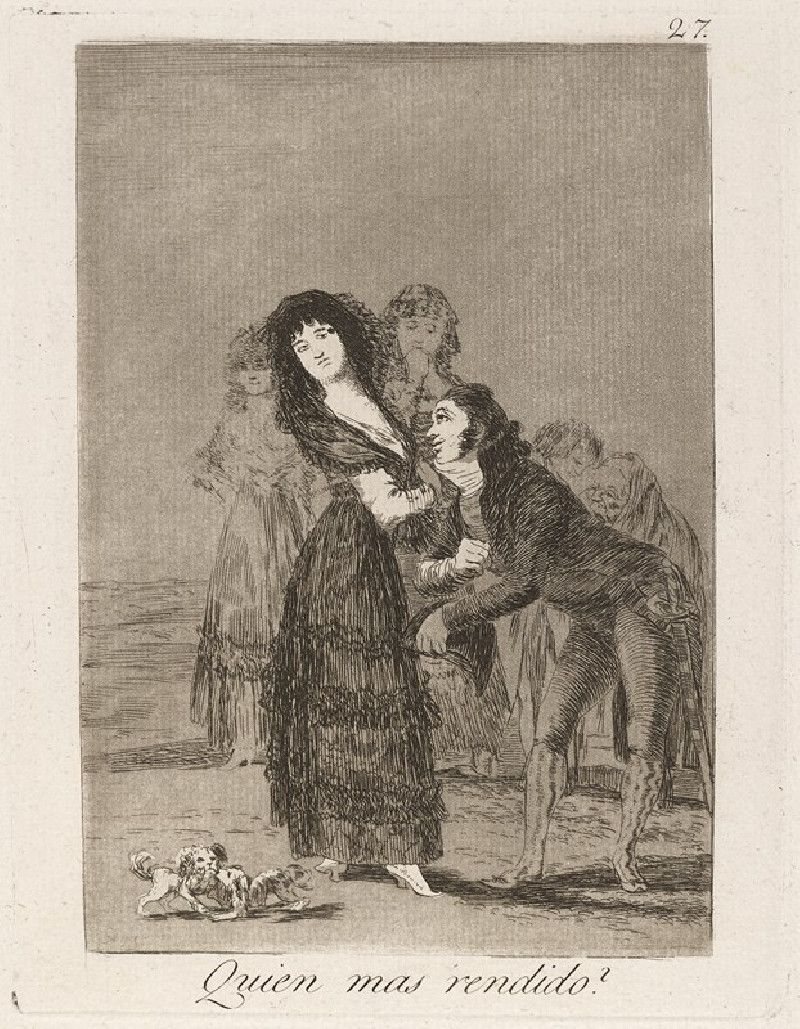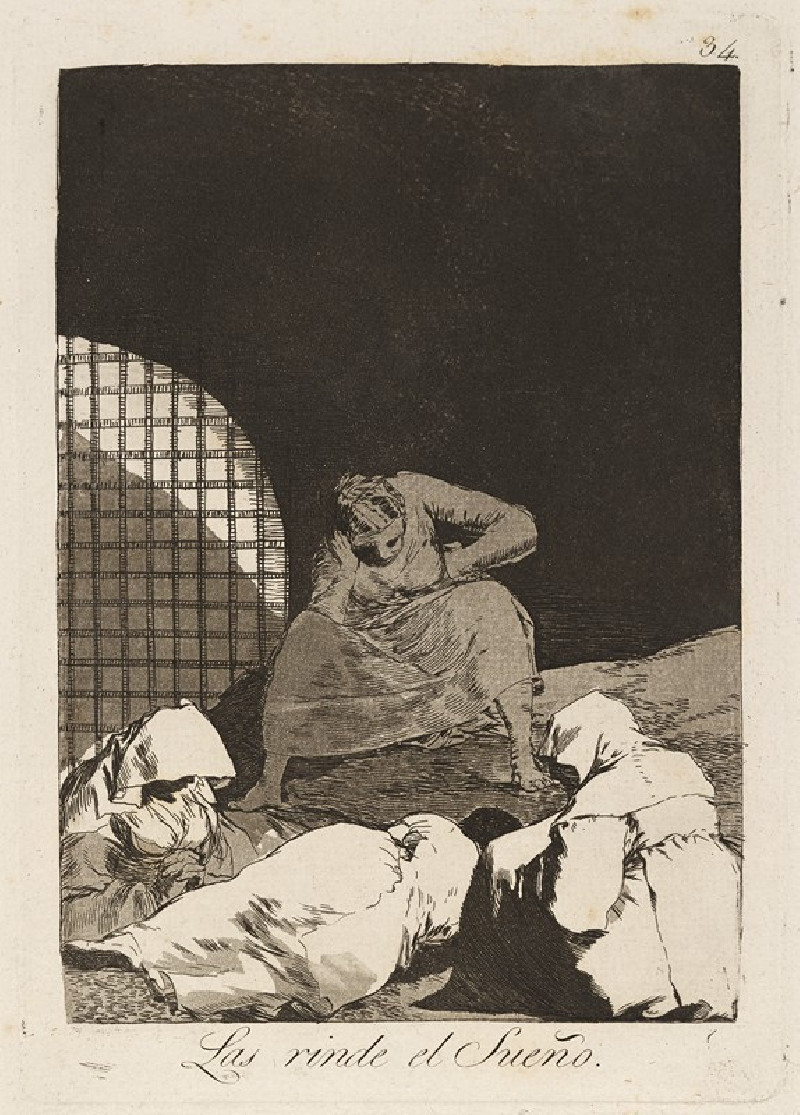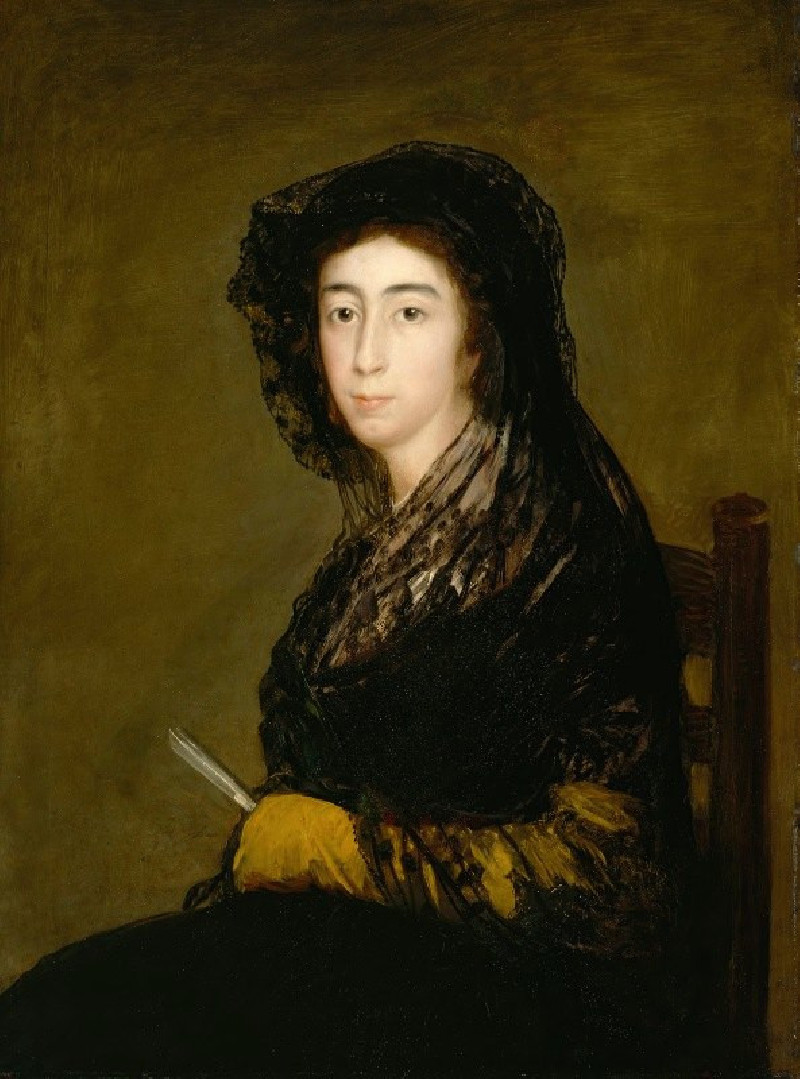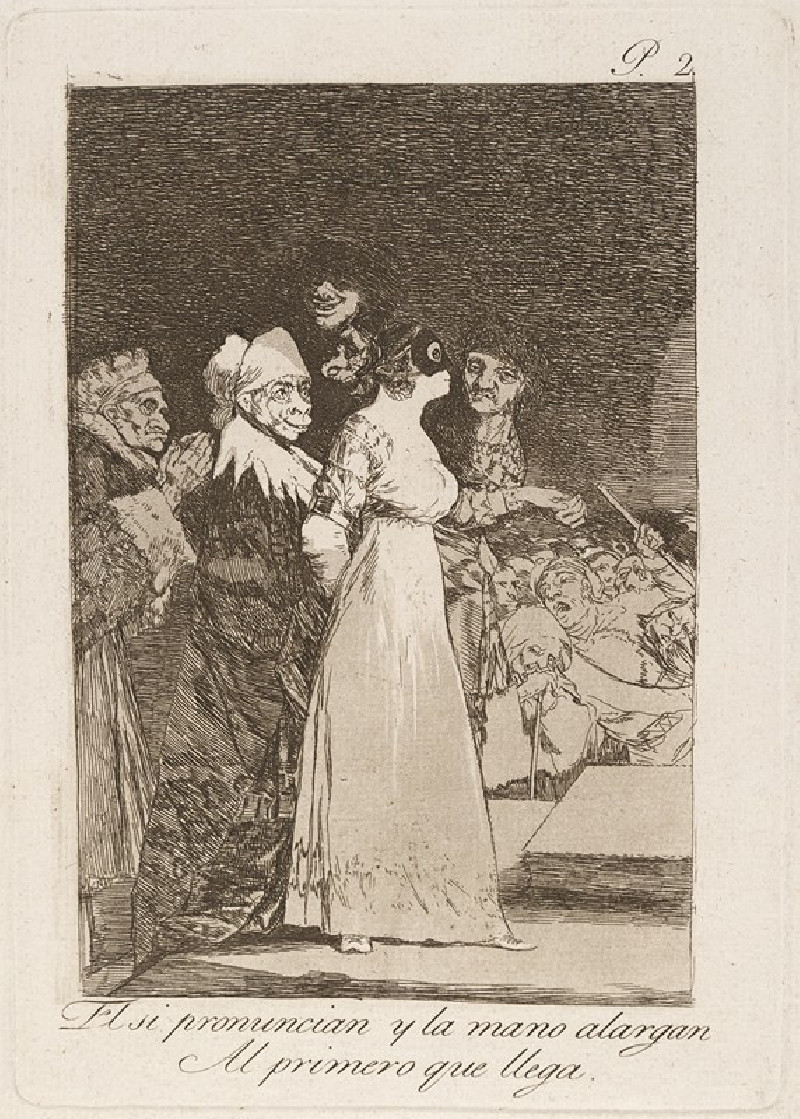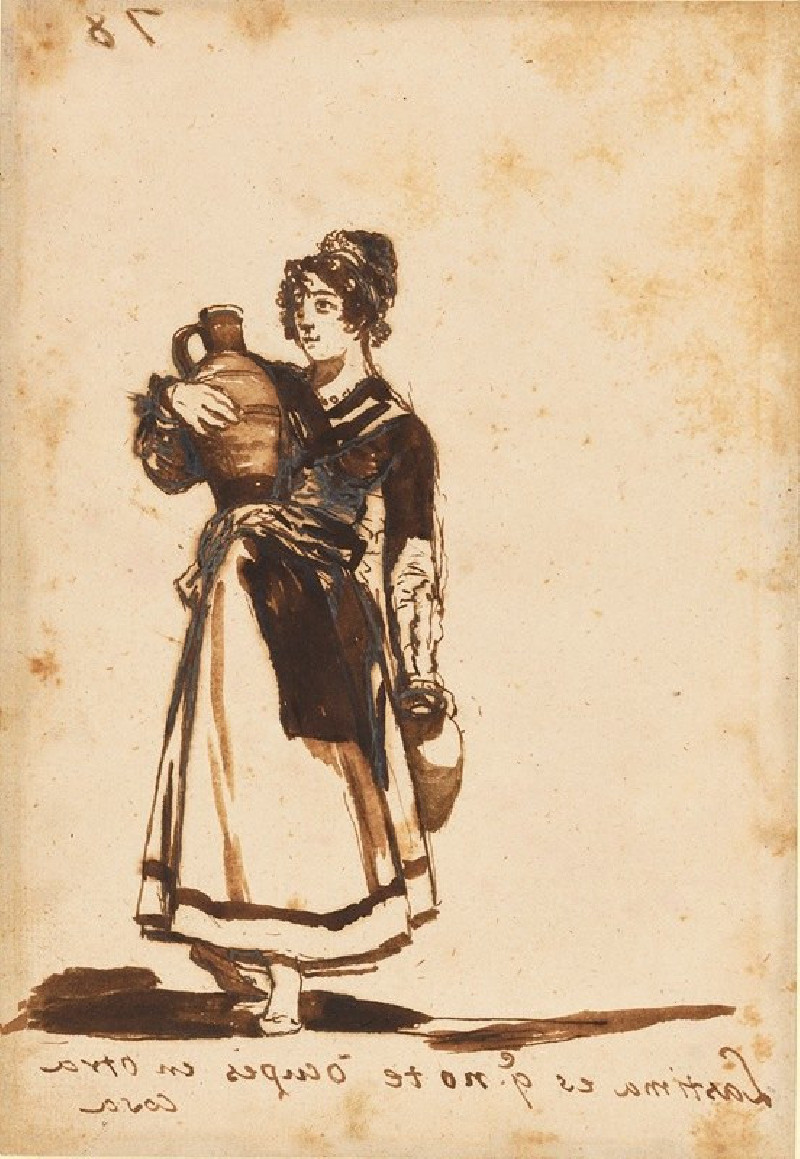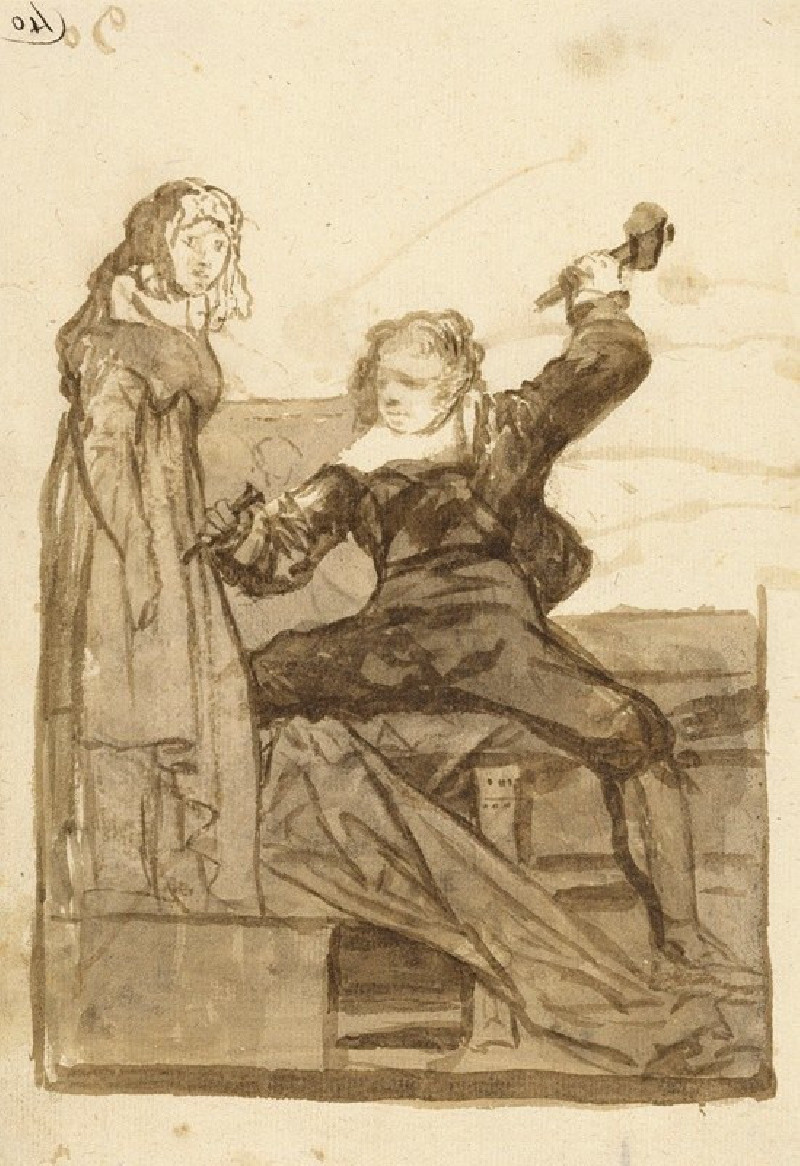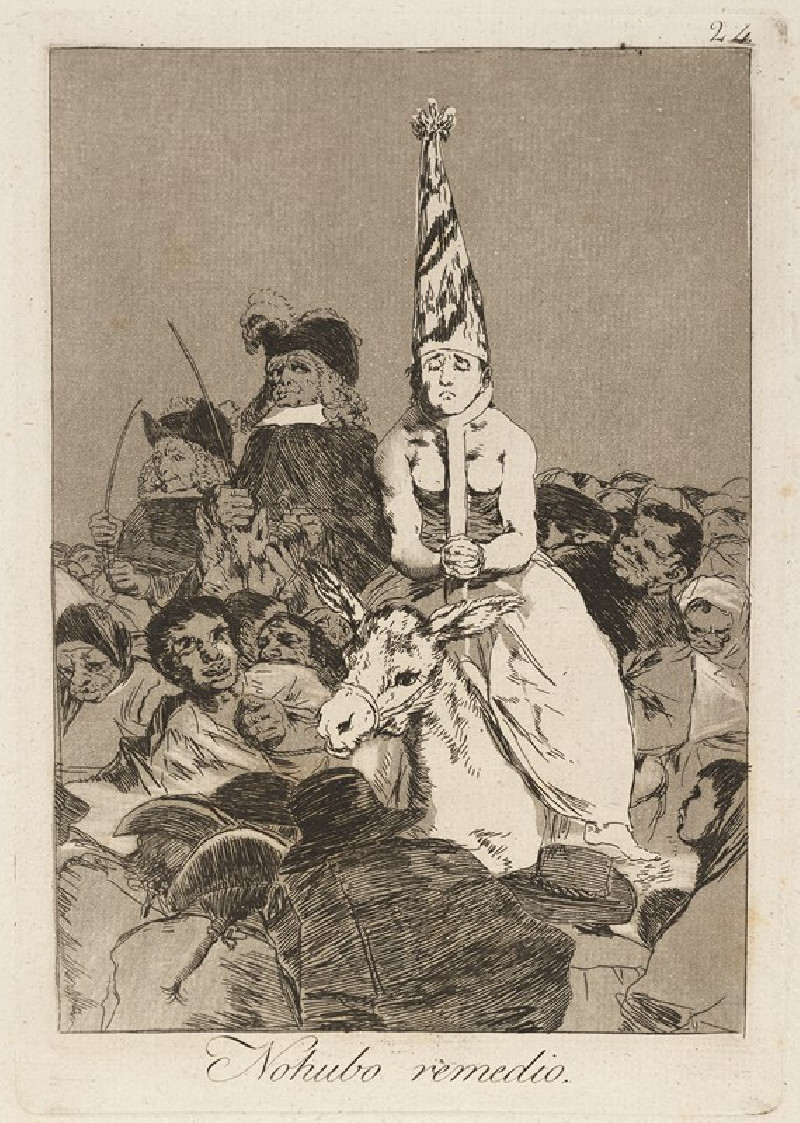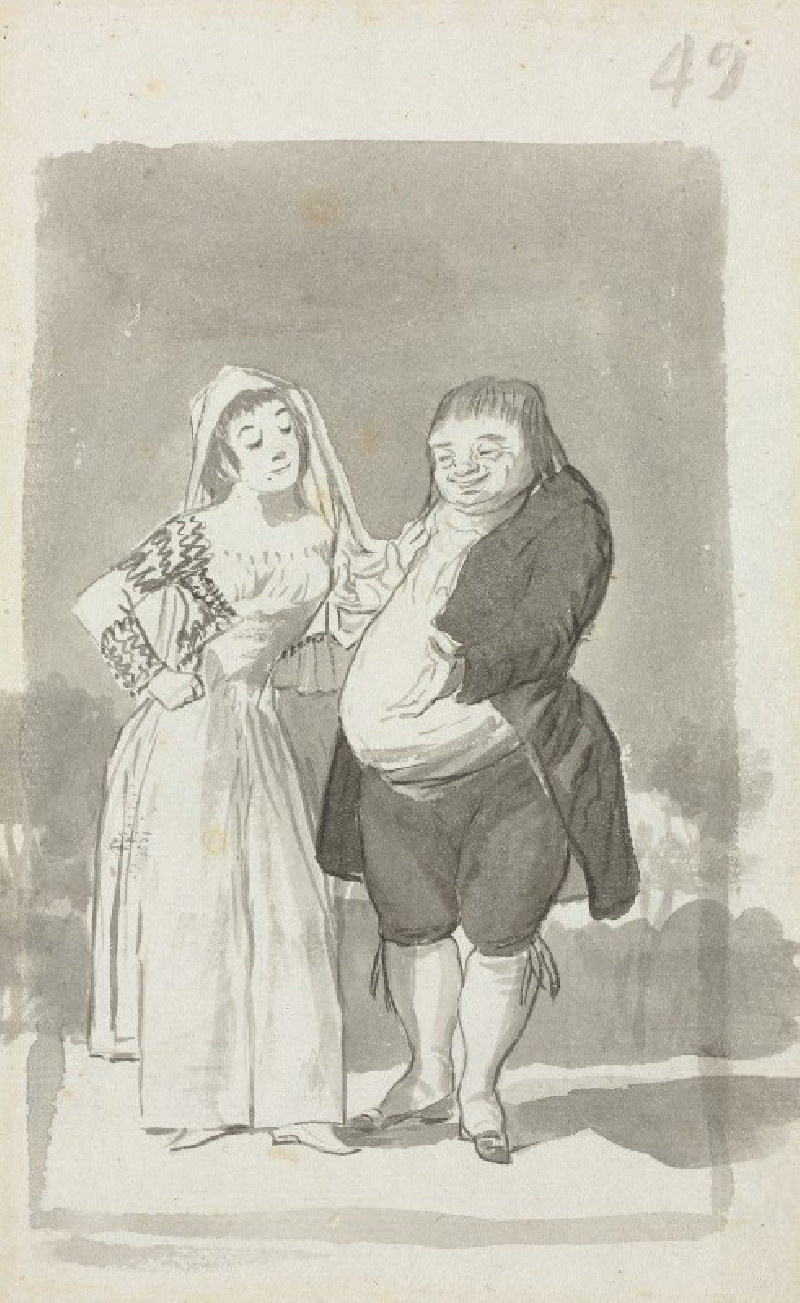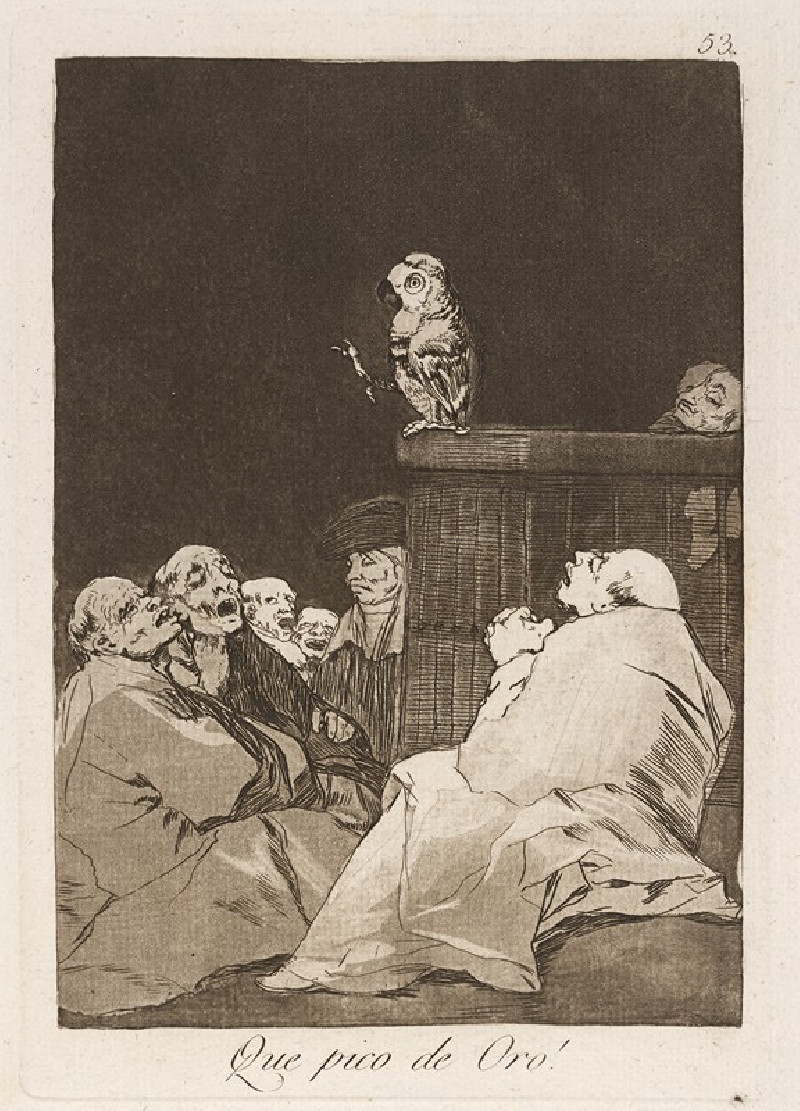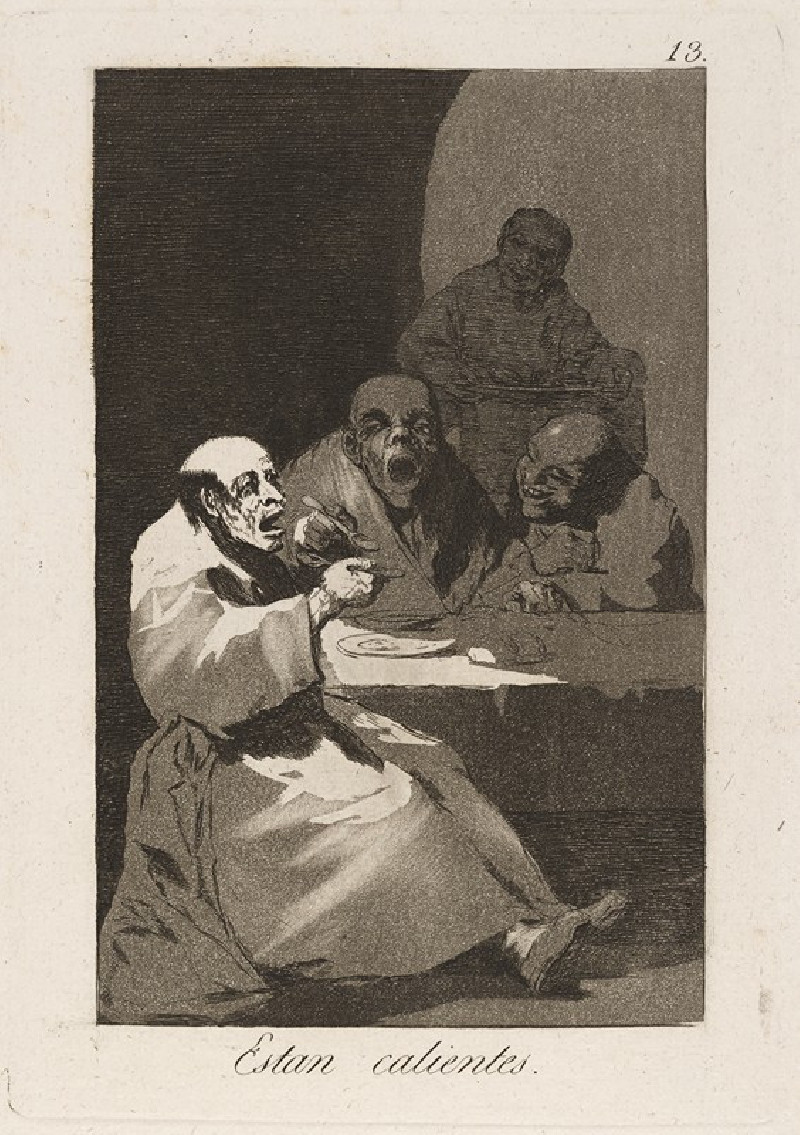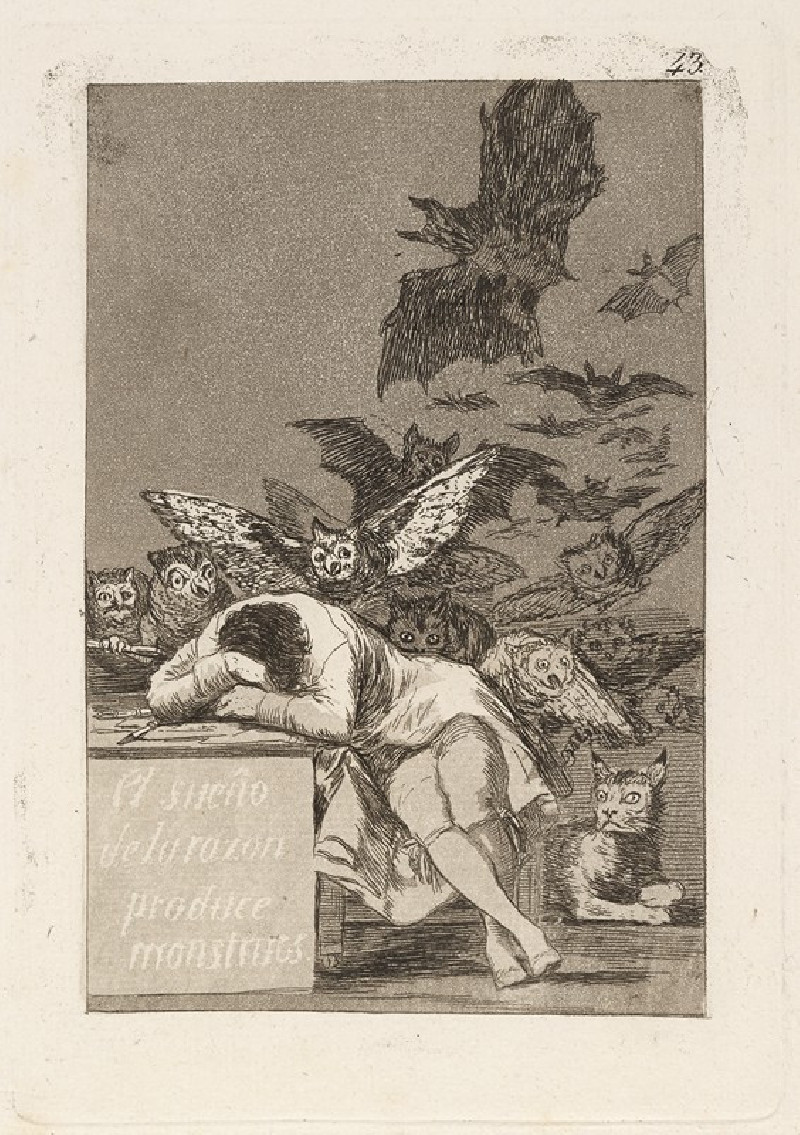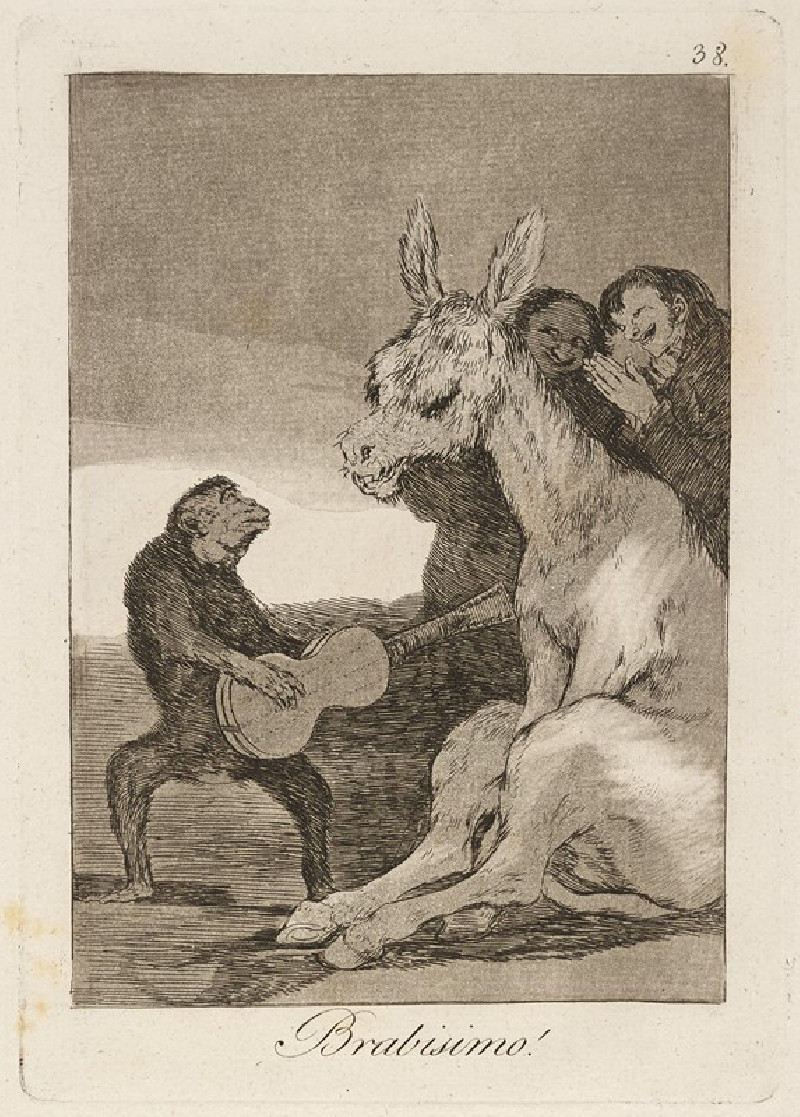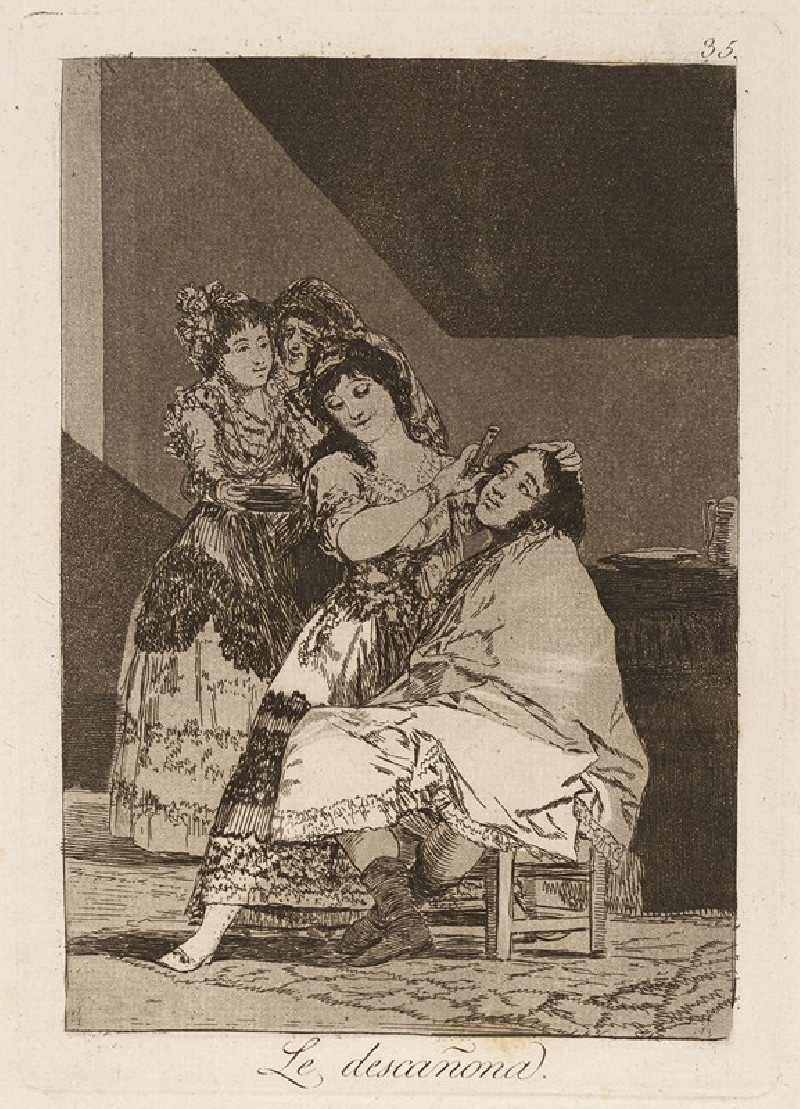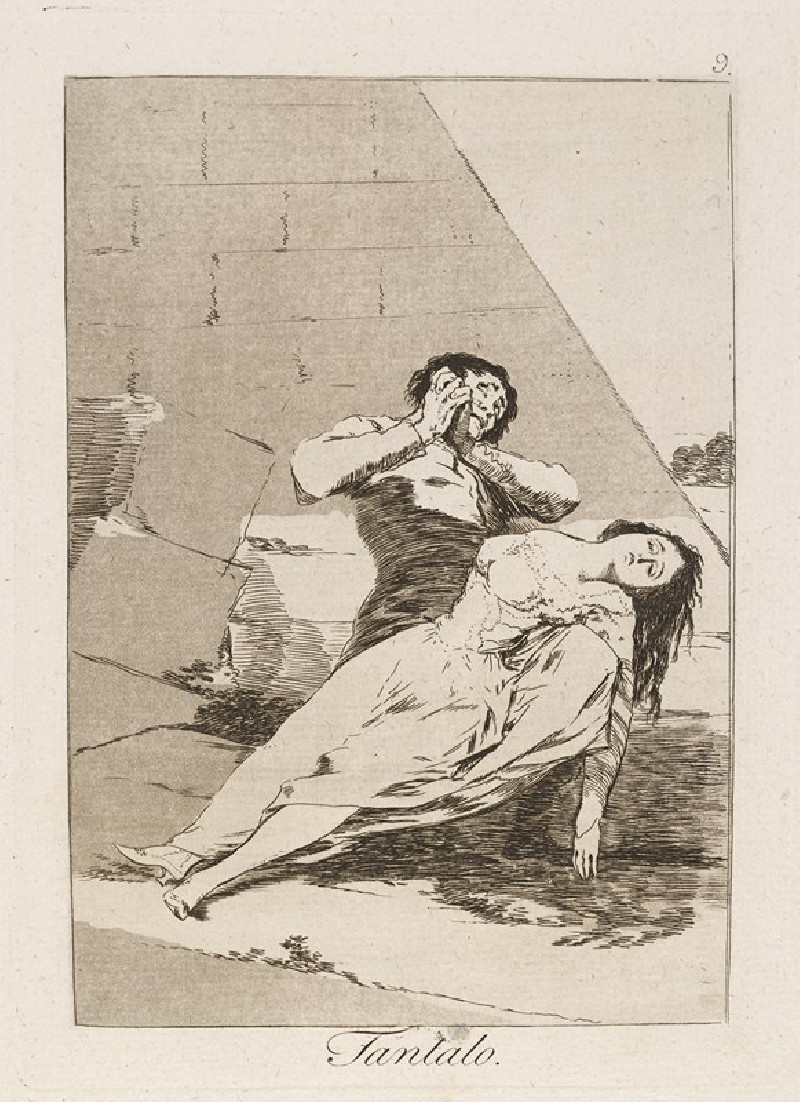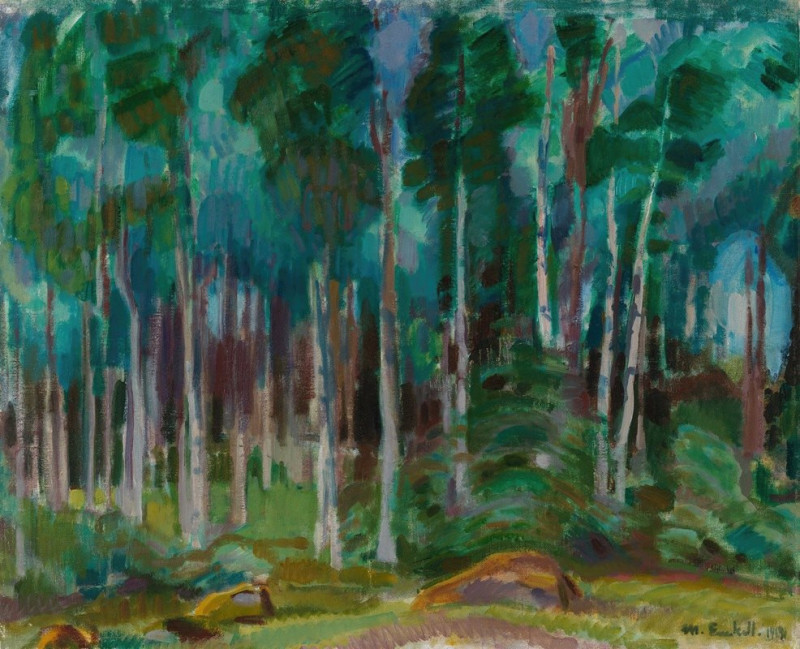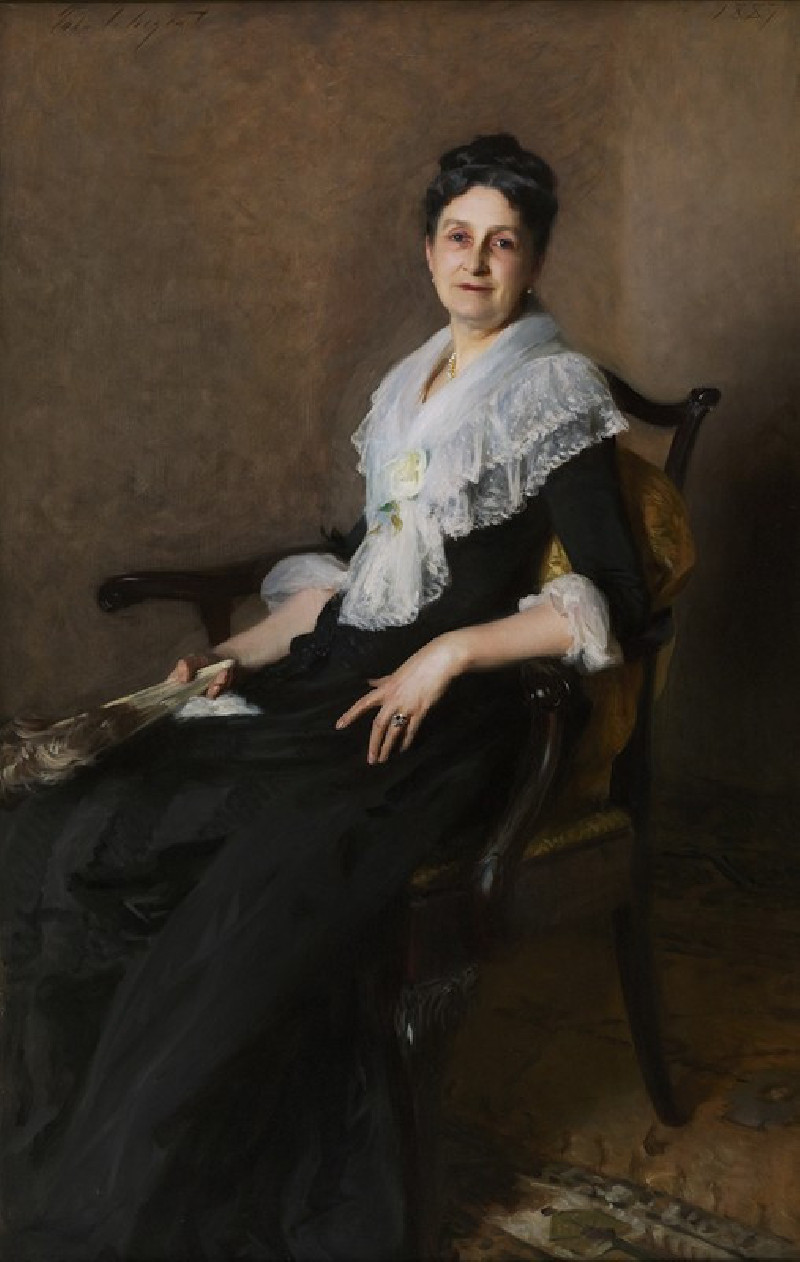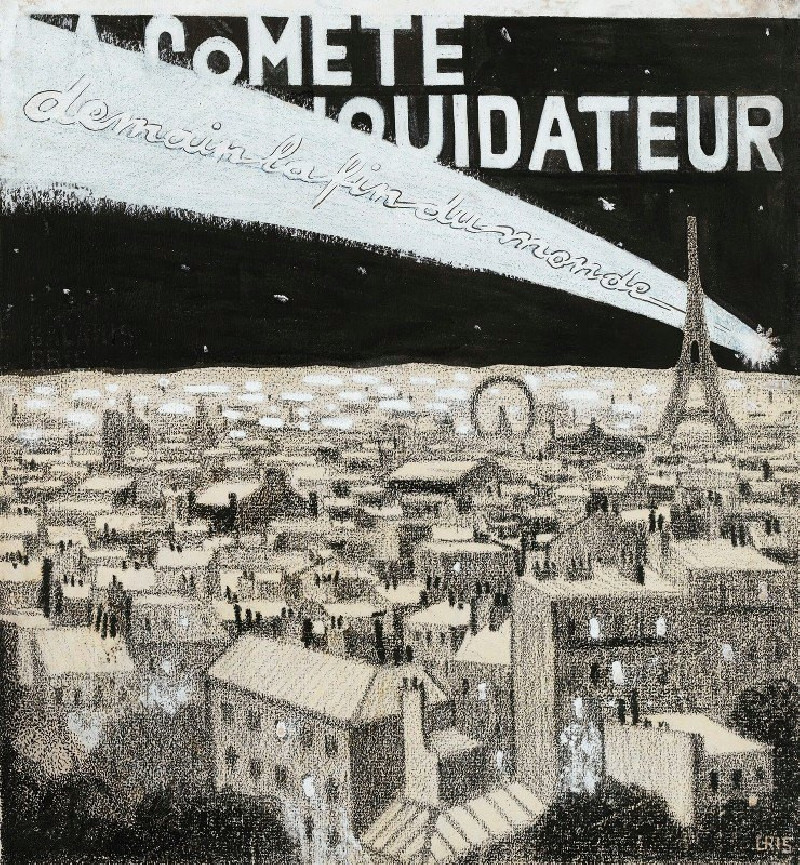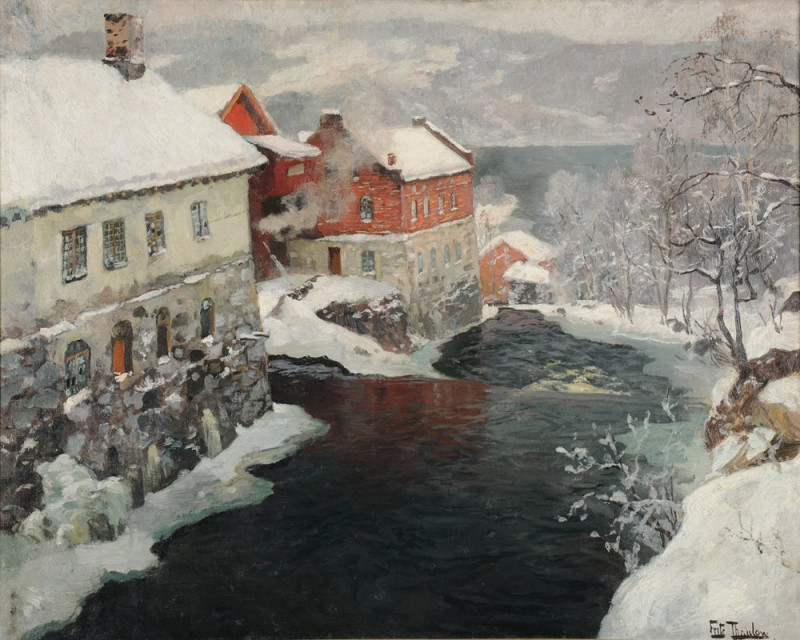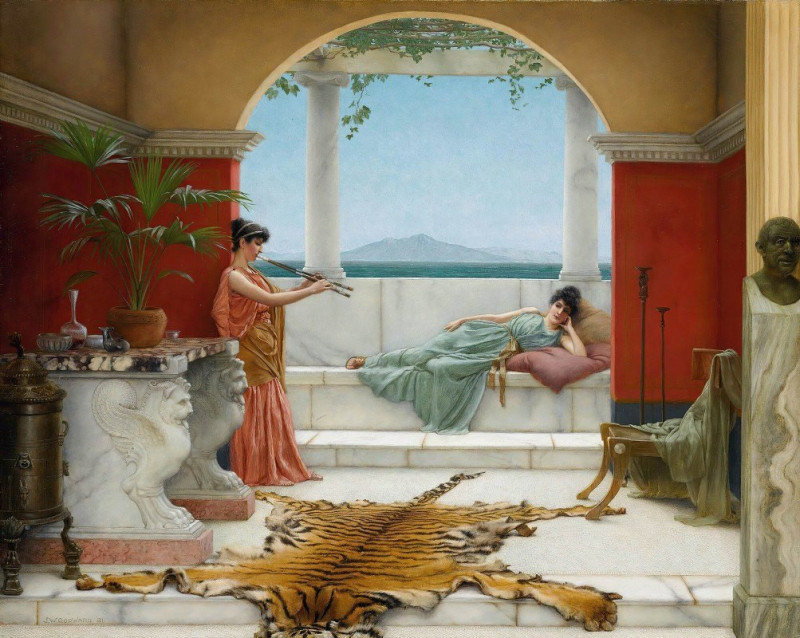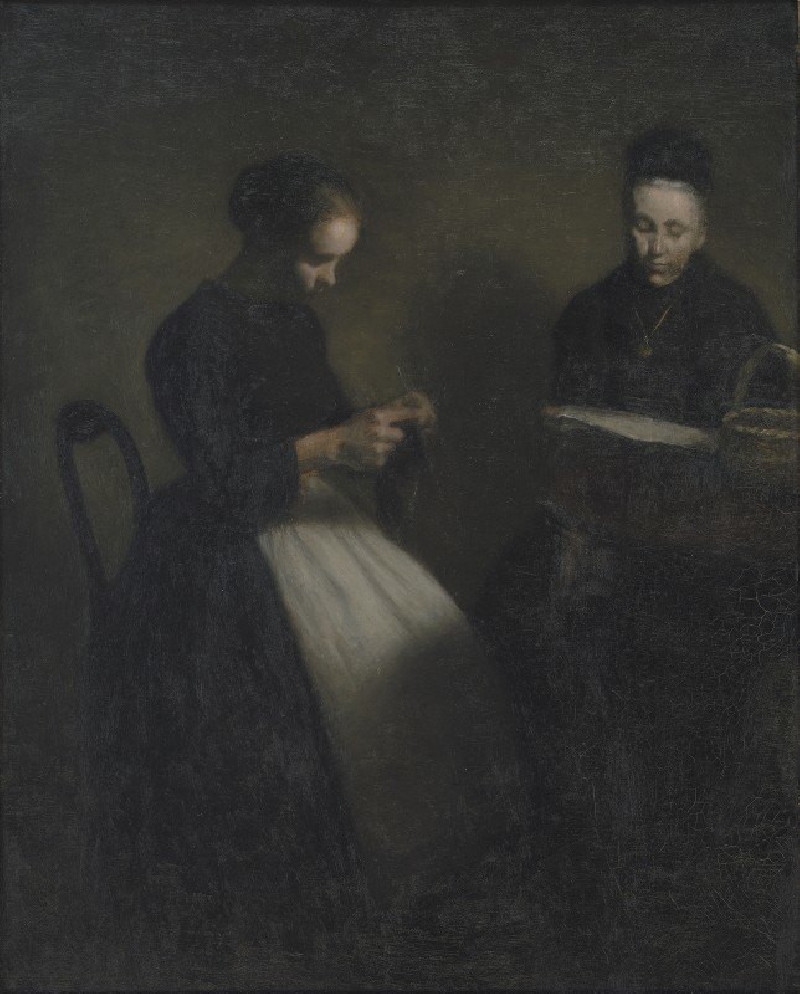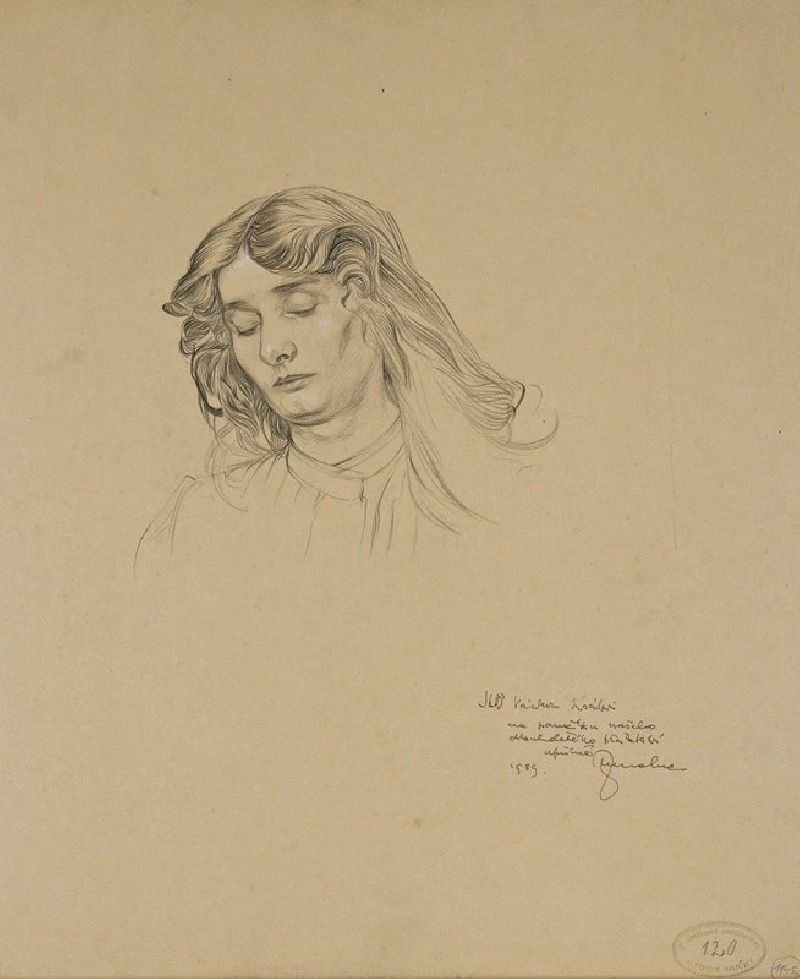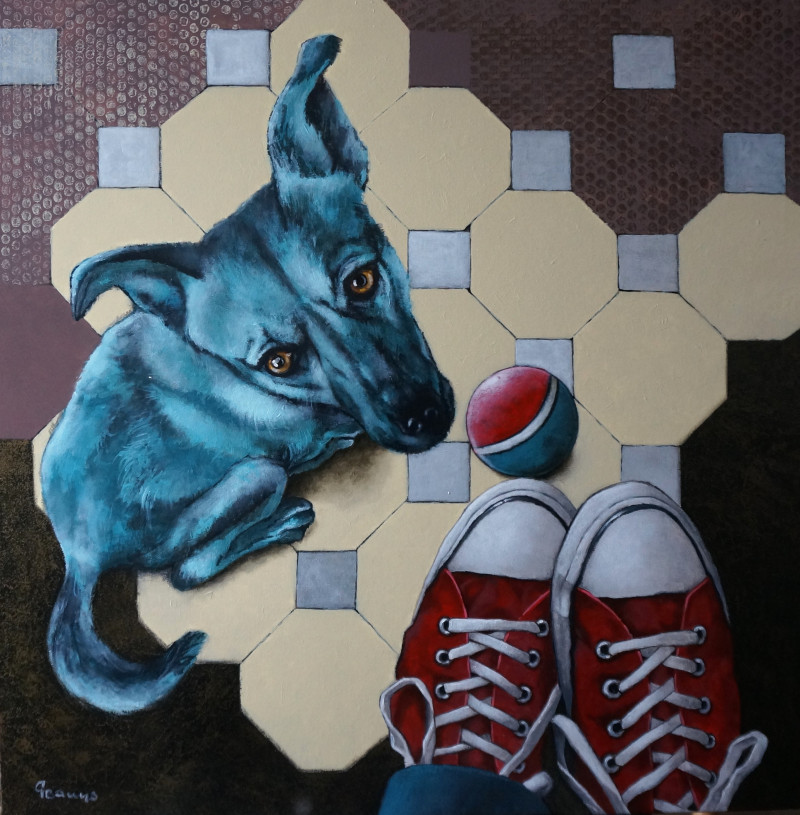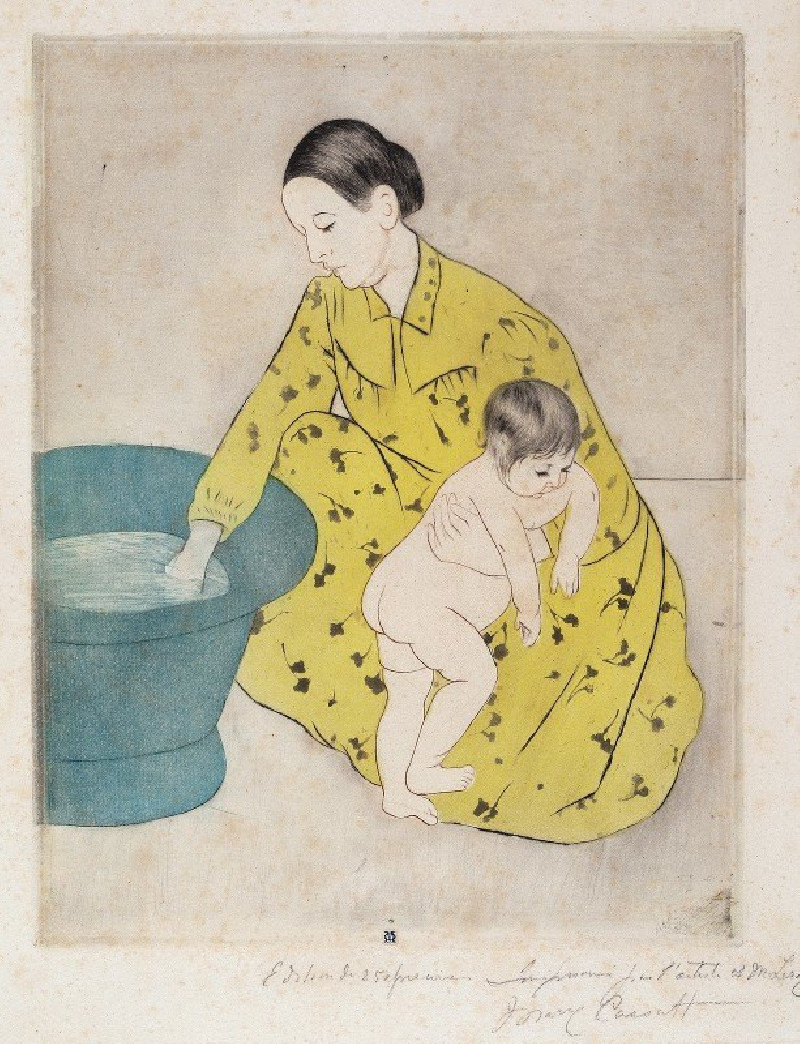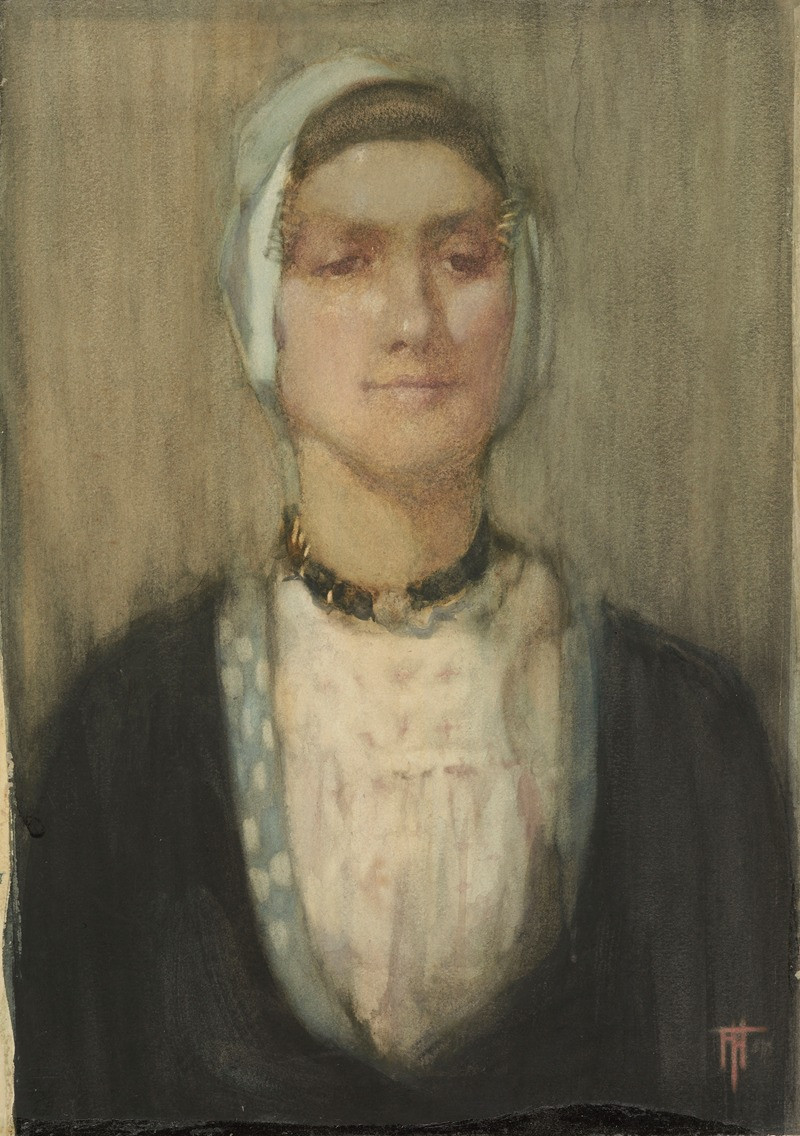Esto si que es leer. (That certainly is being able to read.) (1796-1797)
Technique: Giclée quality print
Recommended by our customers
More about this artwork
"Esto si que es leer" by Francisco de Goya, a remarkable piece from his series of etchings, captures a scene brimming with irony and social commentary, characteristics that are quintessentially Goya. Created between 1796 and 1797, this artwork enlightens viewers about the Spanish society of the time.The etching showcases an elderly gentleman, extravagantly attired and sitting back in a chair with an exaggeratedly large book perched on his lap. His facial expression, caught in the midst of reading, seems both intensely focused and bewilderingly confused, embodying the satirical title "That certainly is being able to read." By his side, two figures appear in a much different demeanor; one dances gleefully while the other strains to look at the book, creating a stark contrast not only in their actions but also in their apparent social status and literacy.Goya's skill in etching brings out the textures of the robes, the softness of the paper, and the hard weariness in the faces, gloriously amalgamating humor and criticism. This work likely serves as a subtle poke at the pretensions of the learned classes and their isolation from the liveliness of everyday people.As with much of Goya's art, it encourages a deeper reflection on societal norms and the value of true wisdom against mere pretension.
Delivery
Returns
Francisco José de Goya y Lucientes (30 March 1746 – 16 April 1828) was a Spanish romantic painter and printmaker. He is considered the most important Spanish artist of the late 18th and early 19th centuries. His paintings, drawings, and engravings reflected contemporary historical upheavals and influenced important 19th- and 20th-century painters. Goya is often referred to as the last of the Old Masters and the first of the moderns.

